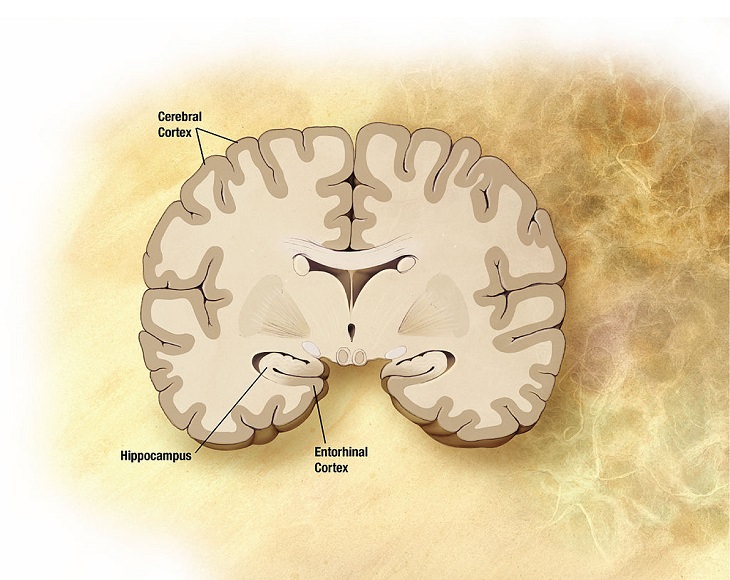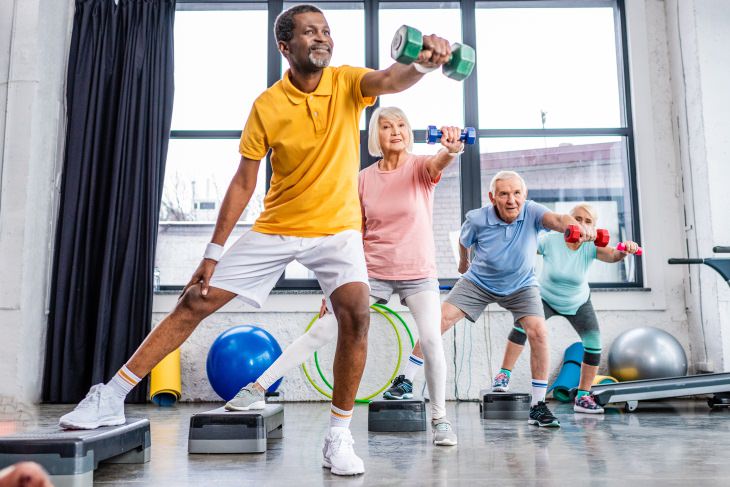High dose statins can increase osteoporosis risk finds Annals of the Rheumatic Diseases study
According to the study, whether statins decrease or increase the risk of osteoporosis is dependent on their dosage. At low doses, statins provide protection against bone resorption. However, the higher the dosage of statins greater is the risk of osteoporosis. In short, osteoporosis is underrepresented in low-dose and over-represented in high-dose statin treatment. Findings are based on an analysis of millions of patient data.
Osteoporosis is one of the most commonly occurring metabolic bone disorders. It is characterised by decreased bone mineral density (BMD) in which bones become weak and brittle. This increases the bone fragility making it susceptible to fracture.
Statins are cholesterol-lowering drugs that help the heart and brain by preventing artery plaques- buildups of cholesterol, calcium and other substances in blood vessels-- from blocking blood flow and causing a heart attack or stroke. They are among the most prescribed drugs worldwide.
Whether HMG-CoA-reductase inhibition, the main mechanism of statins, plays a role in the pathogenesis of osteoporosis, is not entirely known so far. Researchers conducted the study to investigate the relationship of different kinds and dosages of statins with osteoporosis, hypothesising that the inhibition of the synthesis of cholesterol could influence sex-hormones and therefore the diagnosis of osteoporosis.
Statins inhibit the synthesis of cholesterol from the liver. This lowers blood cholesterol. However, cholesterol is crucially important for many processes in the body. Among other things, it is a basic building block for the production of sex hormones such as estradiol and testosterone.
For the investigation, the researchers used Big Data. They obtained access to the health data of more than 7.9 million Australians between 2006-2007. From this big data set the patients who regularly took statins for at least one year were filtered out. The researchers also calculated the daily dosage of statins and formed different dosage groups. In a further step, the interdisciplinary team filtered out osteoporosis diagnoses.
Key findings of the study include-
* statin treatment was associated with an over-representation of diagnosed osteoporosis compared with controls.
* there was a highly non-trivial dependence of statin dosage with the ORs of osteoporosis.
* Osteoporosis was underrepresented in low-dose statin treatment ) 0-10mg per day) including lovastatin, pravastatin, simvasatin and rosuvastatin.
The exceeding of the 40 mg threshold for simvastatin and the exceeding of a 20 mg threshold for atorastatin and for rosuvastatin was related to an over-representation of osteoporosis.
We know that low concentrations of sex hormones- especially the drop in estrogen levels during menopause-- are the main cause for the increase of osteoporosis in women, explains a Dr. There is a similar relationship between bone density and testosterone. We were interested in whether the inhibition of cholesterol production by statins has an effect on bone formation and whether there could be a dose-response relationship.
In the lower dose groups, there were fewer osteoporosis cases than expected, points out the Dr. At doses up to 10mg of the statins lovastatin, pravastatin, simvastatin or rosuvastatin, the scientists found fewer osteoporosis diagnoses compared to patients without statin therapy. With doses of 20 mg, and more, however, this seems to turn. We found more osteoporosis cases in patients treated with simvastatin, atorvastatin and rosuvastatin than expected, explains the Dr. The higher the dosage, the stronger the effect.
In earlier, joint studies we saw how helpful large data sets can be to examine open medical questions, says the leader of the study. The combination of medical expertise with our knowledge in big data analysis makes completely new insights possible. According to the researcher, the newly discovered correlation between statin therapy and osteoporosis risk should now be investigated in clinical studies.
With such results, we're coming closer to truly personalised and individualised medicine, maintains the Dr. We can now advise high-risk osteoporosis patients undergoing statin therapy to have their bone metabolism regularly monitored.
We propose that monitoring high-risk patients, that is postmenopausal female patients under high-dosage statin therapy, might be useful in order to offer individual therapy to prevent or treat osteoporosis. This, larger and prospective studies with a focus on dosages of statins should be conducted in order to clarify the relationship with osteoporosis, concluded the authors.
this is only for your information, kindly take the advice of your doctor for medicines, exercises and so on.
https://gscrochetdesigns.blogspot.com. one can see my crochet creations
https://gseasyrecipes.blogspot.com. feel free to view for easy, simple and healthy recipes
https://kneereplacement-stickclub.blogspot.com. for info on knee replacement
Labels: atorvastatin, blocking, blood flow, building blocks, calcium, Cholesterol, estradiol, high dose, Osteoporosis, sex hormones, simvastatin, statin therapy, testosterone




